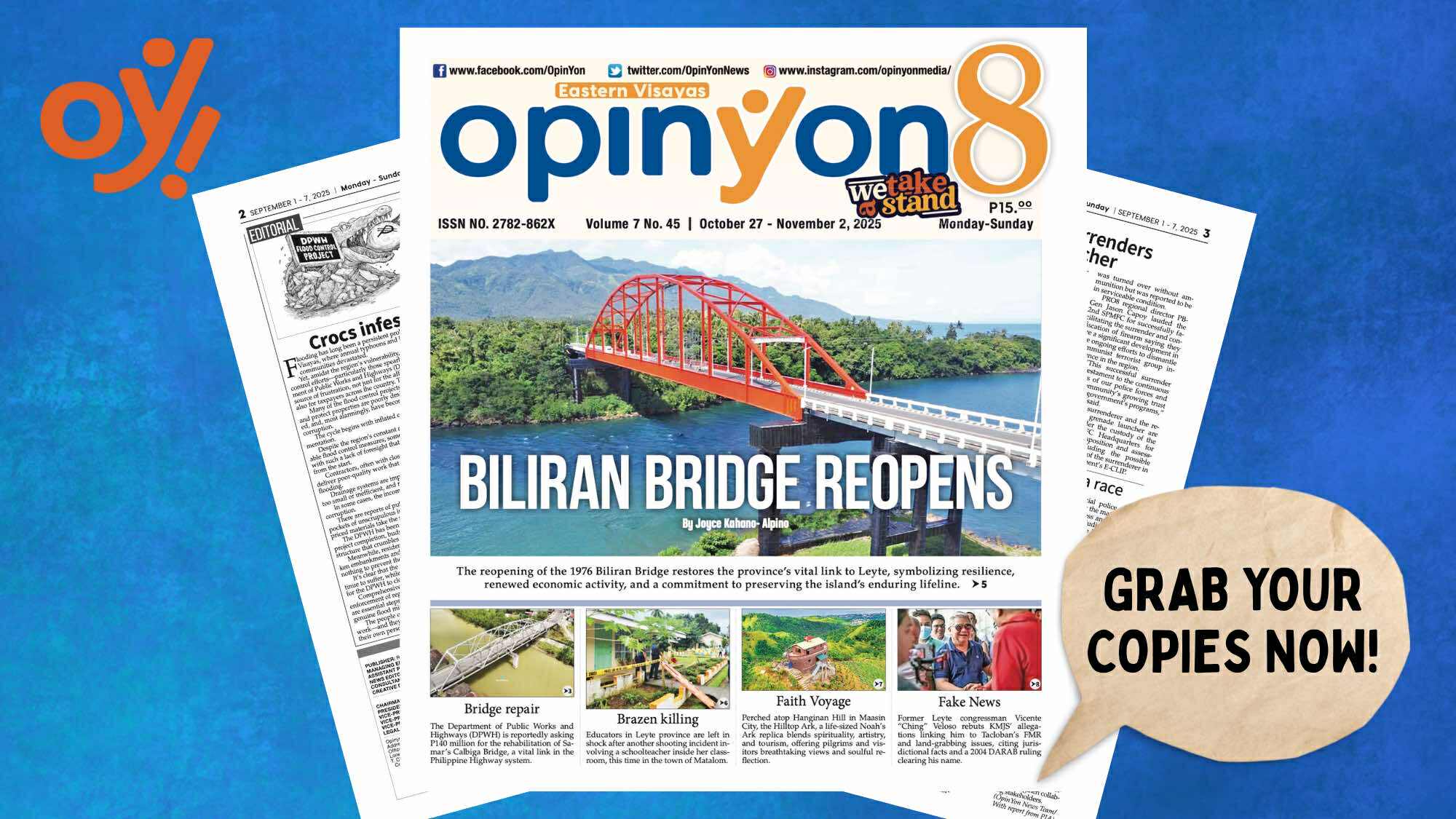After months of anticipation, the Biliran Bridge, one of Eastern Visayas’ most vital links, has finally reopened to all types of vehicles, restoring the island province’s main connection to the mainland of Leyte.
For Biliran’s 179,000 residents, the bridge’s reopening is more than just an infrastructure update, it is a moment of renewal, resilience, and relief after a year of limited mobility and economic strain.
The Department of Public Works and Highways (DPWH) recently announced that the bridge, which underwent a ₱29-million rehabilitation, can now safely accommodate light and heavy vehicles under strict load regulations.
Engineers replaced corroded bolts, reinforced the bridge’s expansion joints, and strengthened its steel plates, essential fixes to ensure structural stability after visible signs of deterioration were reported in late 2024.
The Biliran Bridge, an enduring symbol of connection for the province, was completed in 1976 during the administration of President Ferdinand E. Marcos Sr.
It stretches 210 meters across the Biliran Strait, linking Barangay Catmon in Naval, Biliran to Barangay Calumpang in Leyte’s municipality of Almeria.
Before its construction, residents relied heavily on boats to reach the mainland, a journey easily disrupted by bad weather and rough seas.
The bridge transformed daily life by making land travel possible, opening opportunities for trade, education, and access to essential services.
That is why the viral video last December showing the bridge swaying alarmingly under traffic struck deep fear among locals.
The DPWH immediately limited crossings to vehicles weighing five tons or less. For months, trucks carrying essential goods and construction materials had to take costly detours or rely on barges, significantly hampering local businesses and pushing up commodity prices.
The completion of the rehabilitation project, therefore, brought much-needed optimism. The reopening ceremony drew provincial officials, engineers, and community members who had anxiously watched the daily progress.
It was not just a technical accomplishment but a morale booster for an island long dependent on this solitary land link.
Still, the DPWH has emphasized caution. Load limits are now tightly enforced, and only one vehicle is allowed to cross at a time.
Drivers are instructed to maintain a steady speed, avoid changing gears, and refrain from stopping mid-span. Biliran District Engineer Ferdinand Briones assured residents that the structure is safe but added that continued monitoring and preventive maintenance will be key.
As an alternative, officials should look into studying the possibility of constructing a new or parallel bridge to serve as an alternative route.
Such a plan, if realized, would not only boost economic mobility but also prevent future disruptions if the old structure needs further work.
The Biliran Bridge has weathered storms, corrosion, and decades of wear but it stands today as a testament to the enduring spirit of the people it serves.
Its reopening is not merely about steel restored, but about confidence renewed.
The steady rumble of trucks crossing once again echoes a larger truth: progress does not always come from grand, new projects, it can also come from caring for the old ones that continue to hold our communities together.
In Biliran, this bridge remains more than a structure. It is, and has always been, the province’s lifeline and now, a symbol of hope reborn.
#WeTakeAStand #OpinYon #OpinYonNews #CoverStory #DPWH
